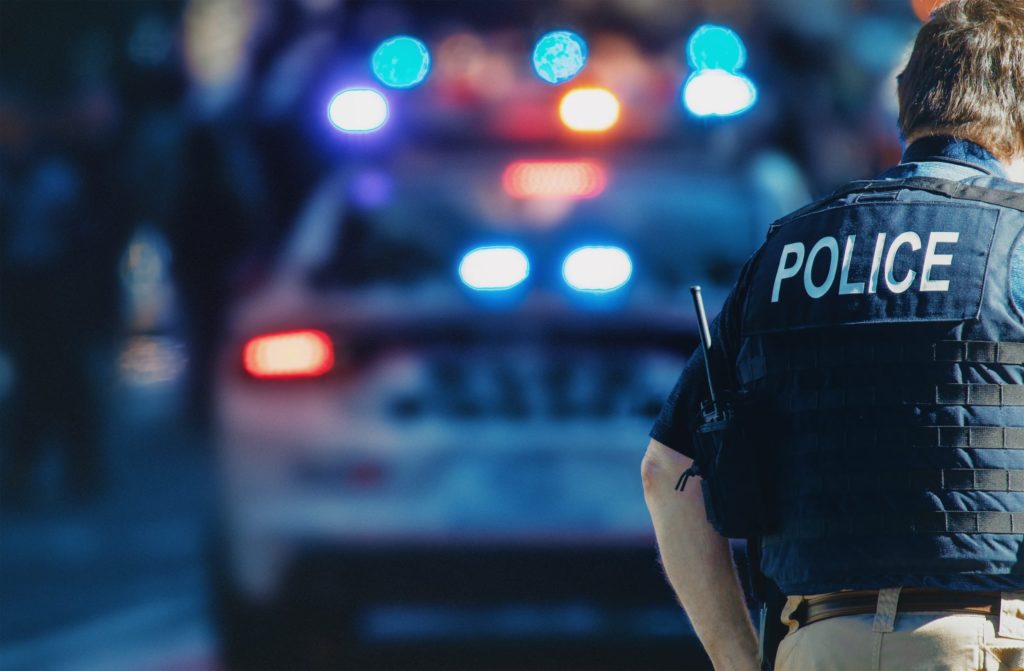Cosplay and the courts
It’s a bird! It’s a plane! It’s a…cease and desist order?
This week, a panic spread among cosplayers that a recent Supreme Court case on copyright infringement might have a negative impact on their craft, if not make dressing up as your favorite superhero illegal. As a cosplayer myself, I have to admit, I was a little jarred. The idea of earning a harshly worded rebuke, if not the threat of litigation, for my hard work is terrifying – all I want to do is dress up as an oversized, spacefaring raccoon and commune with my fellow nerds several times a year. Is that too much to ask, legally speaking?
According to Public Knowledge, which picked up the story as part of their “Copyright Week” coverage, Star Athletica LLC v. Varsity Brands held the potential to outlaw homemade costumes, since it might allow the court to declare that “original” costume designers “have the right to sue others for ‘infringing’ on the look of their costume.” The resulting lawsuits, they claim, could put cosplayers on the hook for thousands of dollars.
The claim isn’t completely without merit; there are cosplayers and prop companies who have faced copyright litigation before, and any decision that expands the landscape of potential copyright violations necessarily impedes creativity. Cosplay has, despite massive growth as a pastime over the last several years, been insulated from major controversy (and regulation), even as the market for cosplay items grows. By expanding copyright liability even a little, production studios easily could cut into emerging markets for accurate costumes and hand-built props, thus affecting fans’ choices.
But that’s no reason to panic. For starters, the case at hand, Star Athletica, LLC v. Varsity Brands, has little to do with costume making, but rather with competing uniform brands who designed strikingly similar cheerleading outfits, with a diagonal stripe across the chest. Varsity claimed that Star violated its copyright, since they believe uniform design must be taken as a whole design, rather than as a collection of design elements. Star countered by noting that cheerleading outfits generally feature many of the same design elements, and that they were not violating Varsity’s copyright simply by putting those elements in a similar order. The U.S. District Court agreed with Star. The Sixth U.S. Circuit Court of Appeals agreed with Varsity.
According to Public Knowledge’s interpretation, the Sixth Circuit put cosplay “in the crosshairs,” since it considered the cheerleading uniform a copyrightable design as a whole. And if the court can consider a cheerleading uniform a copyrightable design, then it can certainly consider a costume a copyrightable design, as a whole. That means, if you knock off a character’s outfit, you could be liable to the designer for violating their intellectual property rights.
Possibly.
It is, fortunately for cosplayers, a bit murkier than that. Copyright law is vague on purpose because the dynamics of art, design and technology are always changing. Design copyrights are generally limited to functional or unique design elements – that is, elements that are identifiable and separable, even when viewed apart from a utilitarian object. The courts consider things like articles of clothing to be utilitarian (a sleeve is always a sleeve, a pant leg is always a pant leg – they’re useful in nature and don’t change much from design to design) and, unless what you add to that clothing is so unique that it revolutionizes the article of clothing itself (that is, is separable), it falls short of earning copyright protection. Since 2006, members of Congress have lobbied to extend sui generis copyright protections to fashion designs, allowing designers to copyright an entire outfit as a “work of art,” but those legislative efforts have failed.
This segment of copyright law has had an impact on cosplay. In a recent case, Volpin Props, an independent prop maker, created a costume based on a carpet design found in the Atlanta Marriott, home of the DragonCon convention, featuring a fabric that copied the carpet design exactly (see the image above). They then sold the fabric on a retail website. Since the carpet’s design was so iconic, and so identifiable apart from the utilitarian nature of the rug, and Volpin was making some money selling fabric with the identifiable design, the cease and desist they received, while inconvenient, was legitimate. The pattern was a design element that was totally separable from the carpet.
The Sixth Circuit decision does complicate the definition of separability, because there, the court determined that you could put certain utilitarian elements together in such a specific, recognizable way that the whole outfit becomes a separable design. For costume-makers, that could mean that a unique combination of elements – such as those identifiable as a uniform belonging to a specific character – is, itself, a separable design. And that’s where Public Knowledge’s argument lies.
But concentrating on separability leaves out a world of copyright jurisprudence. Obviously, a cosplay costume will be identifiable – that’s essentially the point of cosplay. And while most costumes are made up of functional elements (sleeves, pant legs, the occasional bra or underwear), they often have features that demonstrate a connection to a particular fandom, comic-book series, movie, manga or television show. But cosplay costumes usually have a uniqueness that comes from their creator, and that gives cosplayers room to breathe within even established copyright law.
Copyright has a “fair use” and a financial aspect. Before they can rule against cosplayers, courts must consider things like the purpose for which the costume is used, the nature of the original work, how much of the original work was copied and how much was interpreted, and whether the cosplayer’s costume negatively affected the original work. Each costume or prop would have to be judged independently according to those criteria, and in each case, a court would be asked to determine whether the costume was, indeed, a “fair use” of a licensed character.
For the vast majority of cosplayers, most of whom make or source their own props and costumes, and who do so for love of the fandom and not financial gain, there should be nothing to worry about. Studios have been, so far, encouraging of fan participation. Some, like Marvel, actively court cosplayer participation in the lead-up to major box-office premieres. Few cosplayers turn a profit on their work and fewer still can claim their pastime reflects negatively on their source material. For most cosplayers, costuming is an act – and a labor – of love.
Cosplay is also simply too widespread to litigate a copyright case effectively. With thousands now participating in cosplay events, and with the recent proliferation of comic-book conventions, it would be difficult, if not impossible, to serve cease and desist letters to every faux Spider-Man and every homespun Deadpool.
Athletica LLC v. Varsity Brands will, no doubt, be an interesting case to watch, as it could have widespread ramifications for copyright and design, especially for fashion retailers and “fast fashion” outlets that closely mimic runway designs and sell them to the masses. But for cosplayers, there’s reason for cautious optimism. While separability, at issue in Athletica, may have an impact on homemade costume making, there is ample room within the “fair use” provisions to argue that cosplay is, itself, protected. The very nature of cosplay – as a celebration of its source material rather than an outright copy, likely means companies will continue to embrace – not litigate – it in the years to come.








